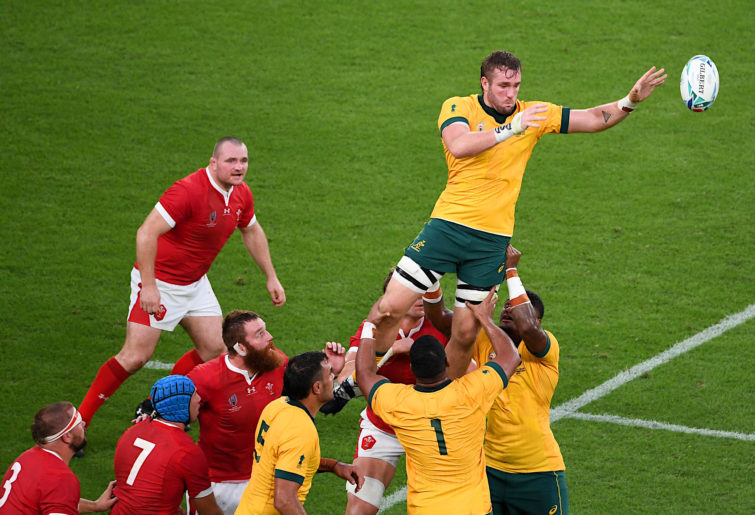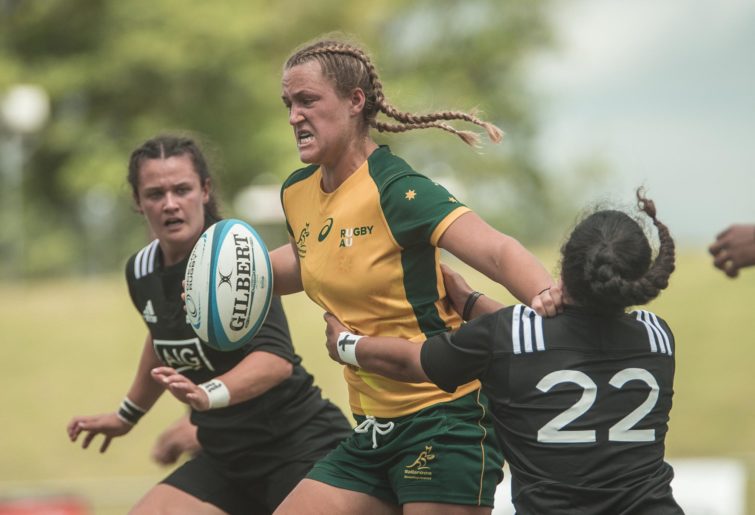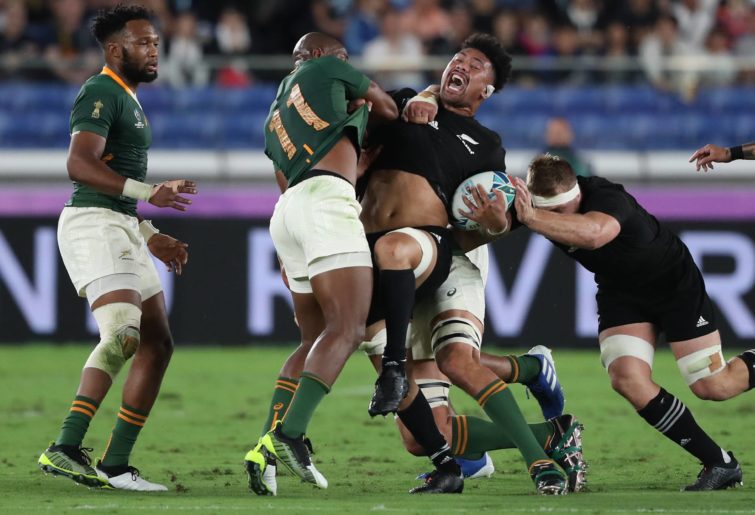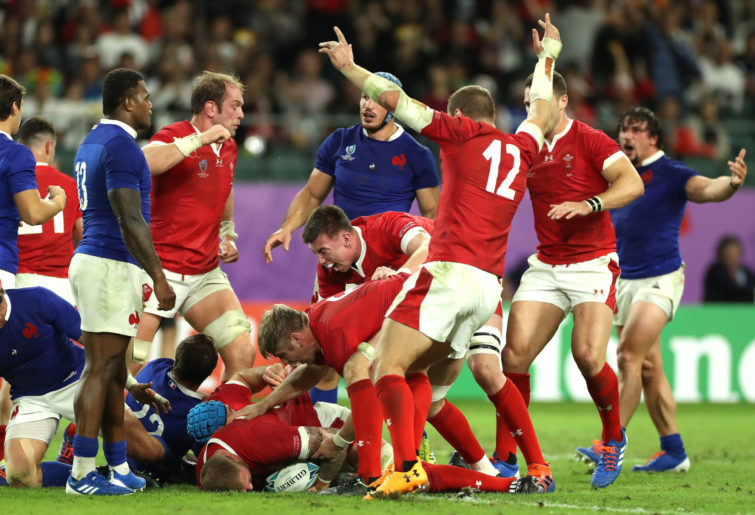For the first time since 1987, Canada has not qualified for the Rugby World Cup, leaving them out of France 2023.
The Canucks lost to Chile 46-54 on aggregate in an impressive qualifying round, which also saw Los Teros beat the USA for the America 1 spot in Pool A.
Now the USA will have to play Chile for the Americas 2 spot in Pool D, in which Chile are playing for a historic World Cup berth.
This means that the loser will move on to the repechage tournament for a final chance to make it in Pool C.
While many fans in Northern America will be lamenting their teams’ recent performances, the qualifying round has gone to show the impressive growth in South America.
It comes especially after the introduction of SLAR, where local players are now playing higher level regular fixtures.
With a rise in South American rugby and also European rugby, where Romania, Portugal and Spain are battling for the Europe 2 spot, the game needs to ask itself is it time to expand the Rugby World Cup?
Anyone watching the recent Wallabies games would have seen the recent Australia 2027 logo. It’s no secret that Australia wants to be the next host after France in 2023.

Gary Ella promoting Australia’s 2027 Rugby World Cup bid. (Photo by Brendon Thorne/Getty Images for Rugby Australia)
Recently the USA, an interesting prospect, has also launched its bid for the World Cups in 2027, 2029 and 2031. However, not many fans seem to be aware of the other 2027 candidate, Russia.
While Australia has begun advertising, and the USA are soon to release more details about their hosting bid, not much is known about the Russian bid.
There will be 14 large stadiums across 13 cities, and it is backed by Vladimir Putin.
Yet, according to Americas Rugby News, the Russian bid was also allegedly interested in expanding from 20 to 24 teams.
With three World Cups set in the northern hemisphere (England, Japan, France), Australia are the red-hot favourites to host the tournament after Argentina’s withdrawal.
But perhaps World Rugby should consider the notion of expansion in 2027 or 2031. Bill Beaumont has briefly discussed such ideas, stating either in 2027 or 2031.
Already with 14 of the 20 teams confirmed for 2023, there are seven out of 40 repeated pool games from 2019: Italy versus New Zealand, Ireland versus Scotland, Australia versus Wales, Australia versus Fiji, Fiji versus Wales, England versus Argentina, and Japan versus Samoa.

(William West/AFP/Getty Images)
Hypothetically, if Namibia qualifies as Africa 1, the USA as Americas 2, and Georgia as Europe 1, the number of repeated games could rise to 14/40 from 2019: Namibia versus New Zealand and Italy, Georgia versus Australia, Wales and Fiji, and USA versus Argentina and England.
With so few teams qualifying, repeated matches are a given, but start to become stale. The repetition only gets worse if you look further back.
Already, 2023 will be the third tournament in a row (fourth in total) where Australia, Fiji and Wales have played each other in the pool stages.
For Wales and Fiji, this stretches out to five consecutive tournaments. It’s hard to maintain excitement when you’re watching the same games over and over. There would probably will be more excitement in 2027 if Wales don’t play Fiji.
Expanding the amount of teams allows for a greater chance for teams on the fringe (such as Chile) to qualify and have a variety of different match-ups that are more uncommon for the fans.
After all, fans love the odd match-ups, just look at when Ireland played Romania in 2015, setting the highest World Cup attendance.
In 2025, the Women’s World Cup is re-expanding back to 16 after five iterations of the tournament with the hope of growing the game for women globally and increasing the number of teams competing in pinnacle events.

(Photo by Getty Images/Getty Images)
Surely, after seven tournaments being played, the men’s World Cup is due for an expansion too.
Obviously there are many hurdles to overcome. Usually it’s the droning about the quality between the Tier 1 and Tier 2 nations.
Many people fear the Tier 2 nations being flogged like when Australia destroyed Namibia 142-0 in 2003 or New Zealand smashed Japan 145-17.
Yet, looking at the most recent tournament, the biggest thrashing was Russia losing 61-nil to Scotland. This isn’t as bad as it first sounds, considering Russia only entered into the tournament by default after both Romania and Spain were disqualified from qualifying.
In fact, 2019 had the lowest winning margin average between Tier 1 and 2 teams (30.5 points), despite four games ending with zero for the losing Tier 2 team (two of which were Russia).
While 30 points is still a large amount, it shows that the Tier 2 nations are more competitive than ever.
In fact, many of these Tier 2 nations now have professional club teams based in their own countries playing in competitions such as the Super Liga America de Rugby and European Rugby Super Cup.
The next hurdle would be competition format. Currently World Rugby are running with four pools of five, where the top two go onto to the quarter-finals. So where to with 24 teams? Realistically there are three options.

(Photo by Mike Hewitt/Getty Images)
Option 1: four pools of six
This would mean increasing the number of games that each team has to play in an already congested schedule. The top two teams could advance to the finals.
Alternatively, the leader of each pool could advance to the semi-finals, while the second and third placed team battle it out in the quarter-final. A schedule like this however would most likely not be the preferred due to player welfare and timing.
Option 2: six pools of four
This would run similar to the 1994 FIFA World Cup where each team plays three games in its own pool. The top two teams of each pool make up 12, and top four of the third placed teams advance to a historic round of 16.
This would decrease the number of games in the pool stages and increase the games in the finals series. This could potentially be a favoured option as finals series are where the excitement is.
Option 3: eight pools of three
This is the most unusual option. Each team in a pool would play each other once. After that, a single cross-pool game could occur based on positioning.
For example, the winner of Pool A would play the wooden spoon of Pool B, and vice versa, leaving the middle ranked teams to battle it out. The top team from each pool on points continues to the quarter-finals.
This would mean each team plays only three games in the pool stages, similar to the 1987 World Cup. It is a decrease in games for each team, and also allows for more rest time between games.

(Photo by David Rogers/Getty Images)
No matter what solution World Rugby sees fit to manage the pool stages, it will not want to go beyond the designated Test window. However, once the pool stages are finalised, the next hurdle would be deciding the qualifying places. With an expanded World Cup comes more qualifying places.
Currently the top three in each pool at the end of the Rugby World Cup qualify for the next tournament. Europe and the Americas were both awarded two qualification spots, while Africa and Oceania were awarded one each. The final two go to cross-continental qualifiers via Asia/Pacific and the final repechage competition.
Realistically, Europe and the Americas would most likely get an additional place, where more competitive teams such as the likes of Portugal, Romania and Spain are already ranked in the top 20. The challenge of qualification allocations lies in Africa and Asia, which are mostly Tier 3 teams.
Teams in Africa would most likely fare better than Asian teams, where apart from Japan, they are lacking competitiveness. A safer option to ensure that teams are competitive would be to increase the repechage qualification places.
Whoever the teams that qualify are, an increase in teams comes with new commercial markets in an ever more globalising world. Expansion draws in new fans, which grows the game and makes it more sustainable.
The larger TV revenue injects more money in the game and allows for World Rugby to support the development of more countries. Germany, one of the richest countries in Europe, almost qualified in 2019.
Who knows how German rugby would have benefitted if they had made it to the pool stages instead of Canada? With no new teams since 2011, every fan should be cheering for Chile, who are aiming to make their first World Cup berth.
Before any expansion though, it is up to the Tier 1 teams to play Tier 2 teams more regularly to ensure they are competitive for World Cups and given a fair go.
After all, it wasn’t so long ago that Japan was a Tier 2 team. Now, they are being beckoned to join the Rugby Championship. So kudos to Japan, who take on Portugal, and to Italy, who take on Uruguay this November.


































































































